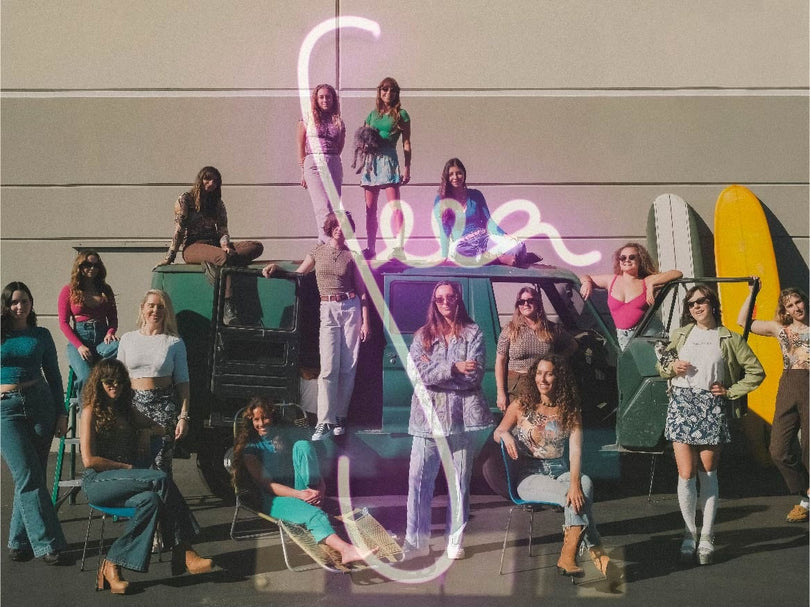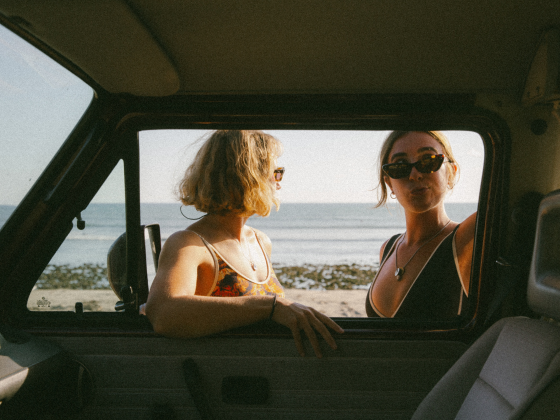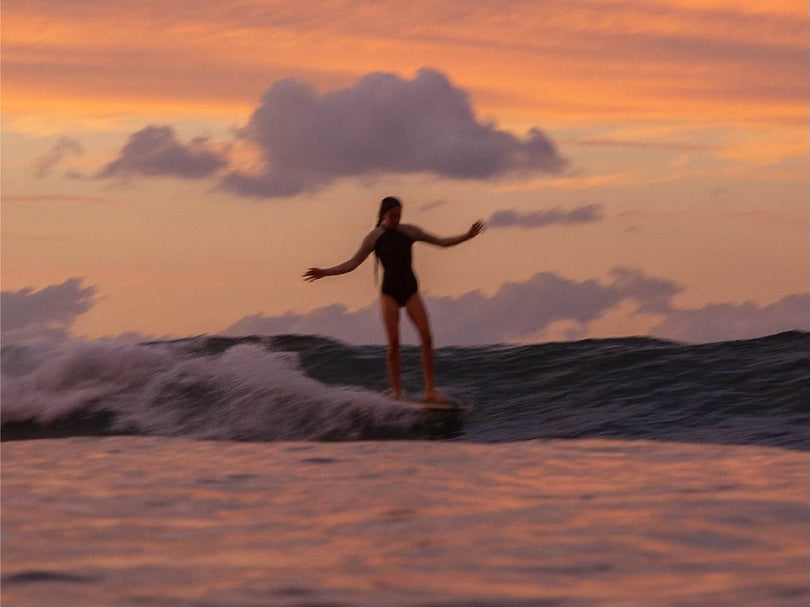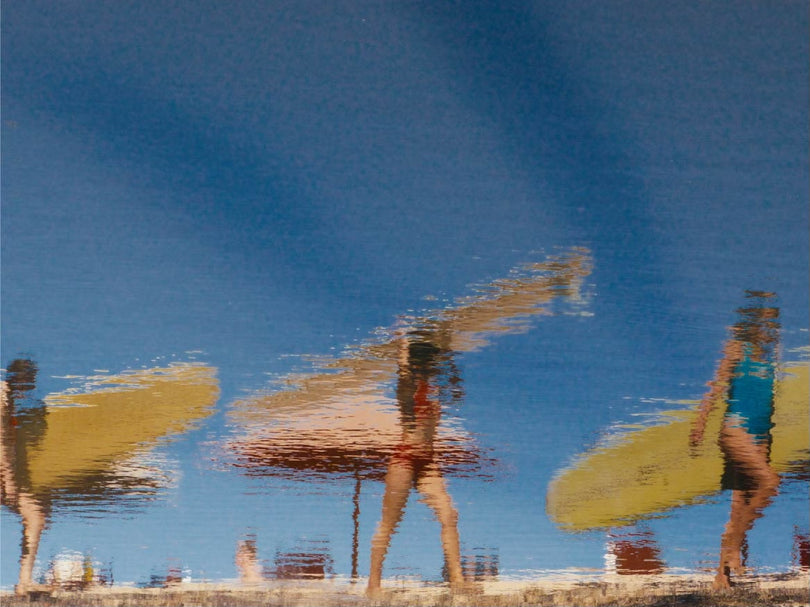
We get a lot of questions about the UV-blocking effectiveness of Seea’s suits. Our suits are designed for surfers, swimmers and other aquatic activities that clearly need protection from the sun, but also want stylish options when playing outdoors. Here, we have compiled some useful information to help wade through sun protection jargon.
How do I read the SPF and UPF ratings?
We have all seen SPF rating numbers on sunscreen bottles, which is used to rate products that you put directly on your skin. Clothing (like rashguards) is not SPF-rated, instead it is UPF-rated, which means that it is rated by the fabric’s ability to block UV rays.
UPF ratings vary with each fabric, and are determined by the fabric color, weave, composition, and weight of the material—when tested in dry lab conditions. For example, dark blue denim has a pretty good UPF rating because its thick and its not see-through, so its good at blocking UV rays from your skin. Protection factors can be cut by as much as half when the same fabrics are wet and on light-colored garments. Check out this Wikipedia page for more in-depth info.
What do the ratings mean on Seea suits?
Nearly all of Seea’s suits released starting in December of 2013 carry a UPF rating of between 30+ and 50+. UPF 30 means that if 30 units of UV fall on the fabric, only 1 unit will pass through because the fabric blocks or absorbs the rays, making it about 96.7% UV protective.
Some of our swimsuits usually involve at least two to three different fabrics, often from different manufacturers, so it’s tough for us to issue a specific rating for every single suit across the board. Please remember that protection rating can be decreased when the fabric is wet and that the UPF protection rating may be decreased on light colored fabric. We do not feel comfortable posting "average" ratings on our site for each suit because of the sensitive and important decisions some of our customers need to make.
Where did the UPF ratings come from?
In some cases, the Italian textile manufacturer handled the UV testing on their own fabrics and provided the UPF rating. All of the fabrics labeled as Italian nylon/spandex were tested following the AS/NZS 4399-1996 standard test for Australia/New Zealand. For the fabric manufacturers that did not provide UPF rating, Seea sent the fabric to a third party fabric testing facility that conducted the testing on how effective that the fabric was at blocking UV rays. These of the fabrics were tested at 50+ UPF label using the USA standard test method AATCC 183. These ratings are based on tests done to new swatches of fabric that were dry and unstretched. Remember again, that the protection ratings may decrease after the fabric gets wet, stretches and wears down after many salty days in the sun.
What else can I do to protect myself from UV rays?
If you are looking for the highest possible protection offered from rashguards, surf suits and leggings in the water, we highly recommend choosing the darker colored suits. Even if two suits carry the same rating, darker colors in general offer better protection than light colored suits especially when wet. For example, if there's a light colored suit and darker colored suit both rated UPF 50+ the darker colored suit will be better at protecting during water-based activities, fabric stretching and normal wear and tear on the fabric.
We strongly recommend also using sunscreen, hats, and other sun protective elements in addition to our rashguards, leggings and long sleeve bathing suits. Don’t forget to reapply sunscreen often!
Check out these stories from skin cancer survivors for more tips and information.
- Pale Girl Speak Skin Cancer Realness
- Protect that Pretty Skin with Pale Girl's Easy Advice
- Be Stylish and Covered with Respect the Rays' Sun Safe Packing List
X




